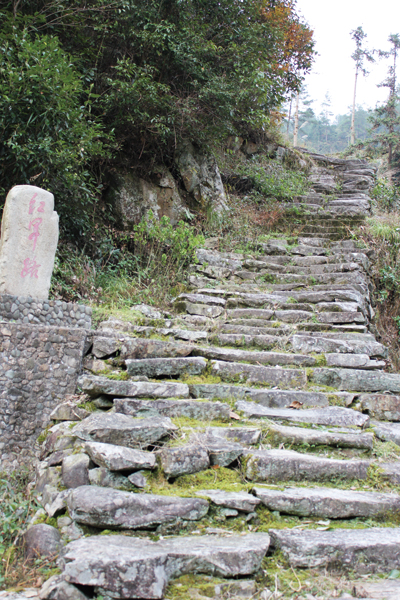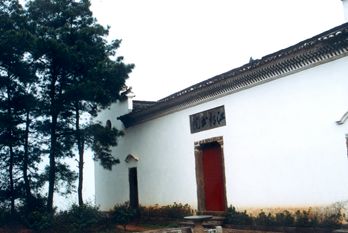Ancient pathways

The 120.5-kilometer Xianxia Ancient Road in Jiangshan – a county-level city in Quzhou – is a key route that connects with Fujian province for a thousand years. It was rated as one of the "Top ten Classic Ancient Roads" in Zhejiang in 2015. [Photo/news.qz828.com]
Known widely as the thoroughfare between the four provinces of Zhejiang, Fujian, Jiangxi and Anhui, Quzhou city – located in East China's Zhejiang province – has a civilization of more than 6,000 years, while the city itself is 1,800 years old.
The city has hilly topography in its northern and southern parts, with nearly 100 ruins of ancient roads remaining in the time-honored city. With the rise of the tourism industry, these pathways to history have attracted the increasing fascination of visitors.
The ancient roads were passageways used by travelers in antiquity to get about in their daily lives.
Some of them were built during the Tang (618-907) and Song (960-1279) dynasties and some in the Ming (1368-1644) and Qing (1644-1911) dynasties. The distance and width of the roads – paved around villages and streams, or winding in the mountains – are different, while the terrains and landforms they pass through are also very diverse.
The ancient roads have been dubbed as the crystallization of diligence and wisdom of the ancestors. They are widely appreciated to have great research value in terms of the military operations, architecture, commerce and culture of the ancient times.

 City brand logo - fist-and-palm salute
City brand logo - fist-and-palm salute Confucianism on campus
Confucianism on campus The culture of the academy
The culture of the academy